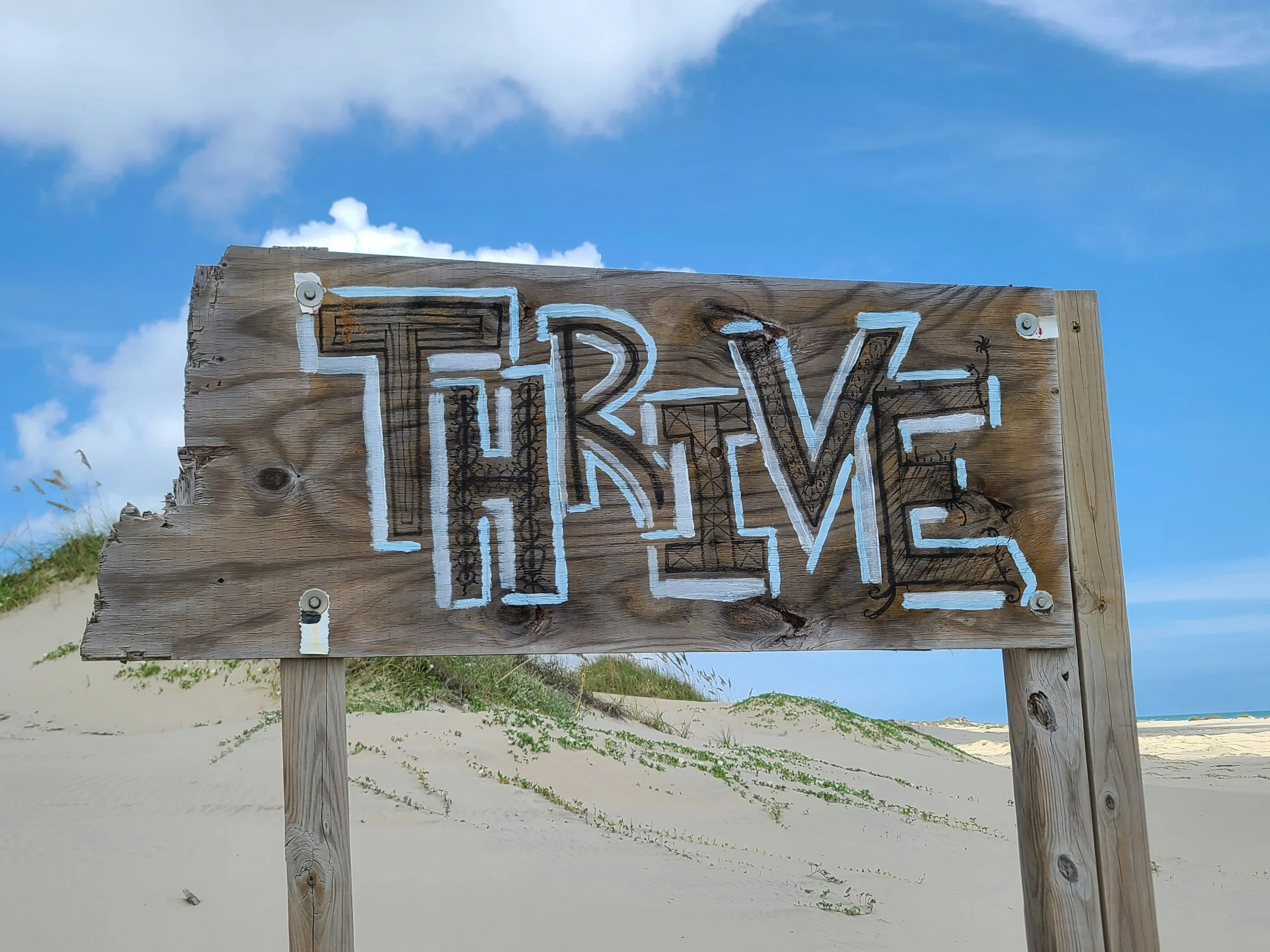Embracing Change in Your Career Path: The Surprising Roads to Fulfillment
Published 11 November 2024
(In Ep #0 of the Professionall Pathways Podcast | Cal’s Journey into Teacher Education)
“I had already planned out my courses I wanted to take in high school and I did not like the idea of abandoning ASL, but I decided to take French and that was a fantastic decision because this ended up being one of the best moments of fate in my life. The first week of French class my freshman year, I fell in love with not only language learning but French specifically. I had a fantastic teacher, Madame Locke, and I remember specifically after the first week of classes, I had a dream in French using the introductory French vocabulary that we had just learned that week. I excitedly told Madame Locke as I entered class the next day and she told me, ‘You know, that’s a sign of someone who can easily pick up languages!” I didn’t know that that was a sign or that it would be something I would find great joy in for many years after that, so it was––it was all kismet.”
Life has a way of throwing curveballs, often challenging us to pivot from carefully laid plans. For educators, this lesson is both a personal truth and a key teaching philosophy: embracing change can lead to growth, fulfillment, and new opportunities. Career paths—–like life itself––are rarely linear, and the unexpected detours can lead us to destinations we never dreamed of.
The Beauty of the Unplanned
Many of us enter education with a clear vision of what we want to accomplish, but it’s often the unplanned moments that define our careers. Take, for example, the story of famed children’s author and former teacher Jacqueline Woodson. While she began her career as an educator, her love of storytelling led her to a writing career that has inspired countless young readers and educators. Her ability to embrace change and pursue her natural talents illustrates the importance of flexibility in our professional lives (Woodson, 2018).
Educators have the unique ability to inspire their students to do the same: to take risks, explore new paths, and see value in the unexpected. When we model adaptability, we demonstrate that change isn’t something to fear–—it’s an opportunity for growth.
Encouraging Students to Follow Their Talents
One of the most impactful things teachers can do is encourage their students to explore their natural abilities, even when they diverge from expected paths. Research shows that students thrive when they feel supported in pursuing their unique interests and talents (Hattie & Yates, 2014). Teachers who recognize and nurture these gifts can unlock lifelong passions for their students.
For example, imagine a student excelling in creative writing during a science-focused school curriculum. A teacher’s encouragement to nurture that talent–—even if it doesn’t fit neatly into the prescribed track–—can lead to extraordinary outcomes.
Dr. Geneva Gay’s work on culturally responsive teaching reminds us that educators who connect individually with their students help them see value in their unique strengths and identities, fostering both confidence and academic success (Gay, 2018).
Navigating Your Own Career Changes
As teachers, we are often so focused on guiding our students that we forget to reflect on our own paths. Embracing change in our careers might mean exploring leadership roles, developing new skills, or pursuing further education. These shifts not only enrich our lives but also demonstrate to our students that growth is a lifelong journey.
For instance, educators who transition into curriculum design, educational policy, or research often find themselves making an even broader impact. This doesn’t mean leaving behind the heart of teaching—–it means applying those skills in new and transformative ways.
“Life is what happens when you’re busy making other plans.”
The Classroom as a Space for Exploration
Our classrooms can be incubators for this philosophy, teaching students to embrace flexibility and follow their instincts. By creating an environment where exploration is celebrated, we prepare students to navigate the inevitable changes and challenges in their own lives.
As educators, let us remain open to the twists and turns of our careers and encourage our students to embrace the same spirit of discovery. The path may not always be straight, but it often leads to exactly where we’re meant to be.
Discussion Question
What strategies have you used to encourage intrinsic motivation within your students? Have you found that linking your curriculum to your students’ interests and abilities increases their investment?
Related Posts
-
Gay, G. (2018). Culturally responsive teaching: Theory, research, and practice (3rd ed.). Teachers College Press.
Hattie, J., & Yates, G. C. R. (2014). Visible learning and the science of how we learn. Routledge.
Lennon, J. (1980). Beautiful Boy (Darling Boy). In Double Fantasy. Geffen Records.
Woodson, J. (2018). Harbor Me. Nancy Paulsen Books.




